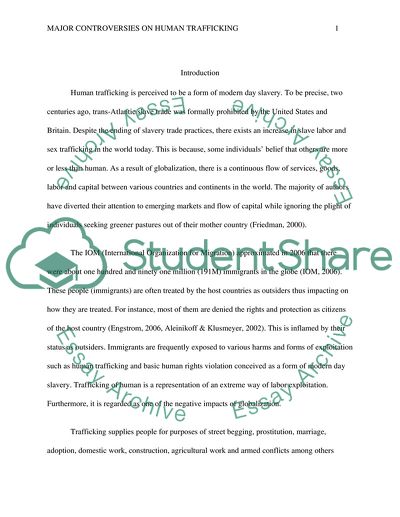Cite this document
(“Major Controversies on Human Trafficking Research Paper”, n.d.)
Major Controversies on Human Trafficking Research Paper. Retrieved from https://studentshare.org/politics/1772499-major-controversies-on-human-trafficking
Major Controversies on Human Trafficking Research Paper. Retrieved from https://studentshare.org/politics/1772499-major-controversies-on-human-trafficking
(Major Controversies on Human Trafficking Research Paper)
Major Controversies on Human Trafficking Research Paper. https://studentshare.org/politics/1772499-major-controversies-on-human-trafficking.
Major Controversies on Human Trafficking Research Paper. https://studentshare.org/politics/1772499-major-controversies-on-human-trafficking.
“Major Controversies on Human Trafficking Research Paper”, n.d. https://studentshare.org/politics/1772499-major-controversies-on-human-trafficking.


